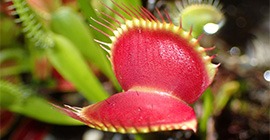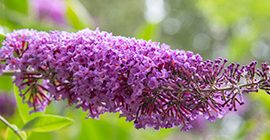Pruning is a complicated issue. It’s done for a few reasons, so it’s best to decide your motives, so that you get it right.
After pruning, feed with a well-balanced slow release fertiliser, such as Gro-Sure Slow Release Plant Food, then mulch generously with Westland Bed & Border Chipped Bark or top dress over the roots with a nutrient rich planting compost, such as Gro-Sure Rose, Tree & Shrub Compost.
Pruning to Tidy
Overgrown shrubs and roses can be tidied up with regular pruning.
Cut out the oldest stems and remove any dead stems or branches. Prune out stems where they are touching or rubbing, as these will become diseased.
Tidy the shape and tie in any whippy growth.
Pruning for Flowers
You need to establish whether your plant flowers on this year’s shoot and stems or on older woody stems that formed last year.
Plants that flower on new stems and shoots, such as roses, can be pruned hard in late autumn, winter and early spring to generate new stems that will flower this year.
Plants that flower on mature woody stems, such as forsythia should be pruned immediately after flowering. This will produce new stems that will mature for the rest of the growing season and be ready to flower next year.
Pruning to Rejuvenate
Most shrubs respond well to pruning.
To stimulate some fresh growth without losing the impact or presence of the plant, choose a third of the oldest, woodiest and thickest stems and cut them right back to the ground. This will encourage new stems to form from the base.
The following year, choose the next third oldest, woodiest or thickest stems and do the same.
Repeat for year 3.
After 3 years you will have a rejuvenated shrub.




